Text

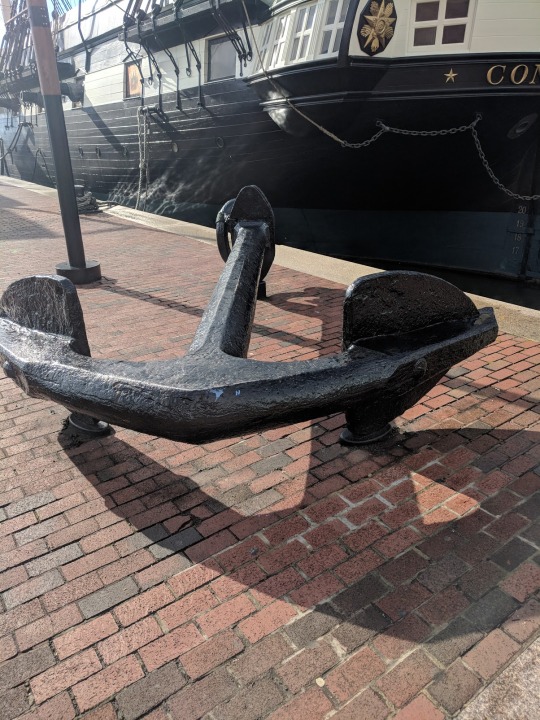

USS Constellation at the Port of Baltimore.
56 notes
·
View notes
Text

Nelson's first Day in the Navy (detail ) - Arthur David McCormick (1860-1943) Lerland.
The first command
In 1793 Nelson was given command of the vessel HMS Agamemnon during the war against revolutionary France. Again under the orders of Admiral Hood, he was sent to the Mediterranean where he took part in the siege of Toulon. The positive outcome of this operation contributed to increase the already high popularity that Horatio Nelson enjoyed at home, during a mission to Naples, in September 1793, he met Emma Lyon, wife of the British Ambassador to the court. Bourbon Sir William Hamilton, with whom he subsequently formed an intense sentimental relationship.

HMS Agamemnon, lying off Greenwich (detail) - by George Chambers the younger (1803-1840).
Agamemnon was a Royal Navy 64-gun, Ardent-class, two-deck third-class vessel launched in 1777. After Nelson's command, the ship was involved in the famous 1797 mutinies of Spithead and Nore.
#royal navy#painting#history#age of sail#marine art#horatio nelson#hms agamemnon#young nelson#british ship#18th century#siege of the mediterranean#arthur david mccormick#george chambers younger
44 notes
·
View notes
Text
"The secrets of the ocean"
29 notes
·
View notes
Text

Sea Battle at Navarino on October 20, 1827 - Ivan Aivazovsky, Armenian-Russian marine painter (1817-1900) oil on canvas.
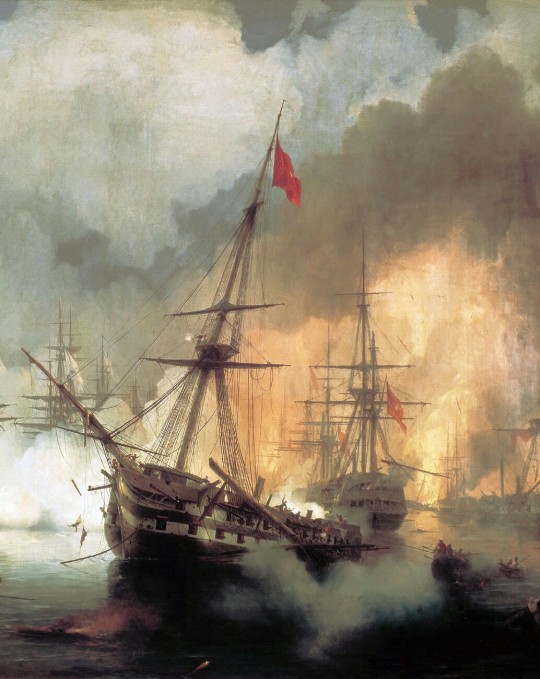
DETAIL
#painting#marine art#naval battle#battle of navarino#19th century#ivan aivazovsky#age of sail#history
18 notes
·
View notes
Text

Calm sea with Dutch flagship, 1653: detail - Willem van de Velde the Younger (1633-1707). Oil on canvas, Museum of Fine Arts, Budapest.
16 notes
·
View notes
Text

"An English Warship at anchor" - Willem van de Velde the Younger (1633-1707). Oil on canvas
#marine art#painting#warship#british vessel#old tall ship#royal navy#willem van de velde the younger
18 notes
·
View notes
Photo
HMS Britannia, 120 guns, is shown here entering Portsmouth on 4 February 1835, under the command of Captain Peter Rainier, after spending five-and-a-half years in the Mediterranean.

‘HMS Britannia entering Portsmouth’ by George Hyde Chambers, 1835, detail.
295 notes
·
View notes
Text
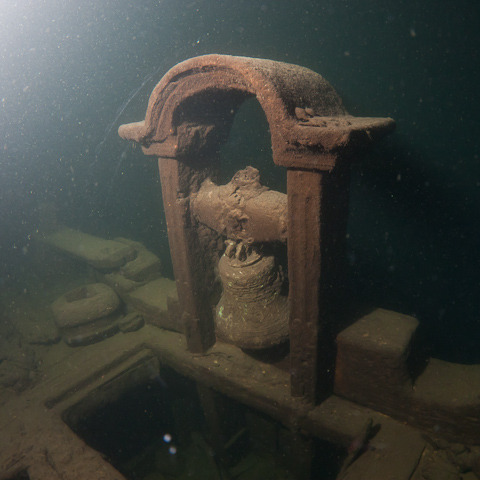
Magnificent photographs of wrecks resting on the bottom of the Baltic Sea, excerpts from the book "Ghosts Ships of the Baltic Sea" by Jonas Dahm & Carl Douglas.

The remains of a small 16th century ship, with its tiller and rudder still upright.

A cannon on the Swedish navy warship Svardet, sunk by the Danes on June 1, 1676.
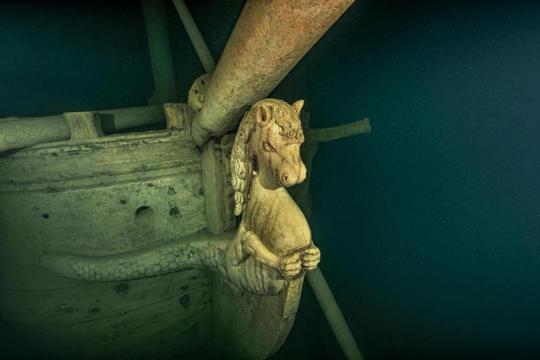
Looming out of the deep on this unnamed ship is the figurehead of a seahorse.


A key in a door of what is believed to be Livonia, a British cargo ship that sank in October 1895. - A woman's shoe found in a corridor of an unnamed wreck where many people perished.
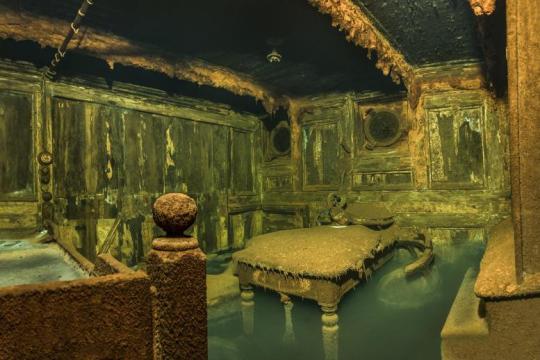

A cabin on board the Aachen, a handsome 19th century steamship hit by a torpedo in July 1915. - These 18th century gold watches are among the treasures found on an unidentified vessel.
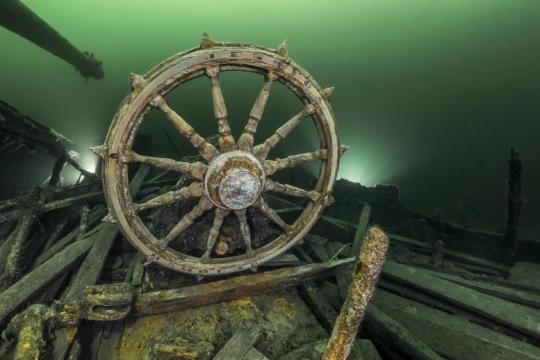
The words 'Jessica, Hamburg' are legible on the German ship's wheel.
139 notes
·
View notes
Text
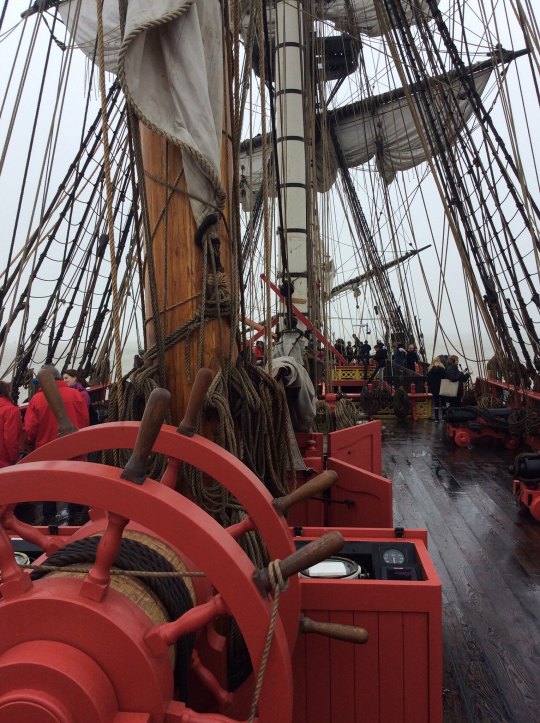
Hermione overview
76 notes
·
View notes
Text

"The pirate" - Arthur David McCormick 1860-1943
57 notes
·
View notes
Text
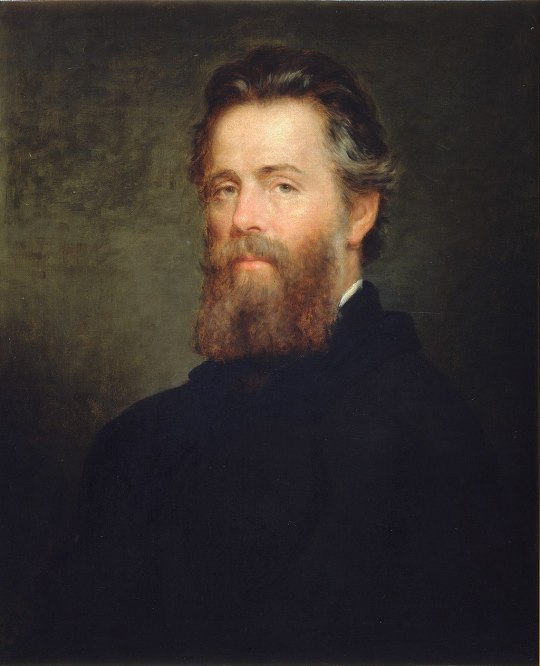
Herman Melville "Moby Dick's father"
He was born in New York on August 1, 1819, into a family of eight children between brothers and sisters. Son of a rich merchant, from a very young age his father stimulated in him with the stories of his travels, the desire for adventure. He spent a comfortable life until the summer of 1830, when his father suffered a financial meltdown declaring the bank broken, later manifested a mental illness that led to his death. The impoverished family moved to the Hudson River village of Lansingburgh. Herman's restlessness began to be felt, the desire to be economically independent and his adventurous spirit pushed him in June 1839 to embark as a hub on the "St. Lawrence".

In 1841 he enlisted again as a sailor on the whaler "Acushnet", bound for the Pacific Ocean, once in Nuku Hiva, in the Marquesas Islands, Melville deserted with a companion.
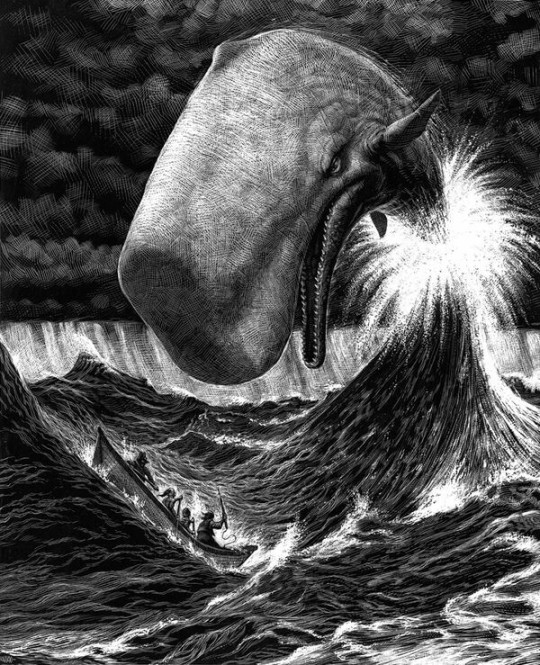
Two Typee novels followed and its continuation Omoo, autobiographical, relate precisely to this story, even if fictionalized. Probably from the experience of 18 months aboard the "Acushnet", Melville reworked his memories, and from the information gathered by the sailors, he drew inspiration for his novel "Moby Dick".

Queequeg - harpooneer
His life now set, he embarked continuously, and from his experiences he wrote autobiographical novels. In 1847 Melville married Elizabeth Shaw in Boston, and here his seafaring adventures ended, he bought a farm in Pittsfield, and in February 1850 he put his hand to Moby Dick, who finished and published in 1851.

After the successes of Typee and Omoo his works were received with decreasing favor; in 1867 the eldest son Malcom killed himself in his parents house, the second son died later after a wandering life. Melville died in New York on September 28, 1891; in 1892, new editions of his four most successful novels were published by Arthur Stedman: Typee, Omoo, White-Jacket and Moby Dick.
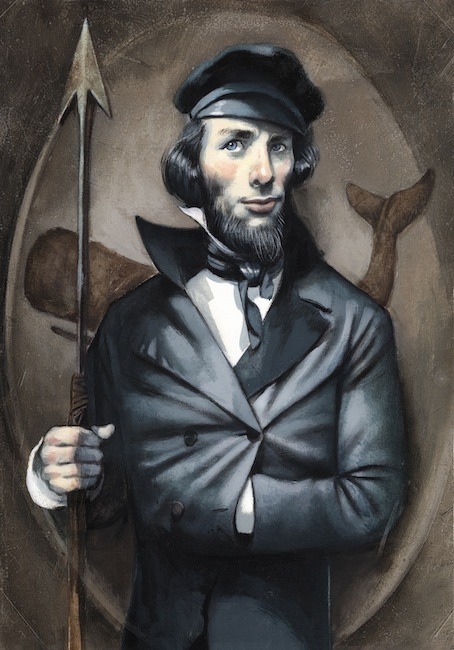
NOTE: The name of the species "Leviathan melvillei", a Miocene cetacean similar to modern sperm whales, has been dedicated to Melville, with reference to the beast protagonist of his novel Moby Dick.
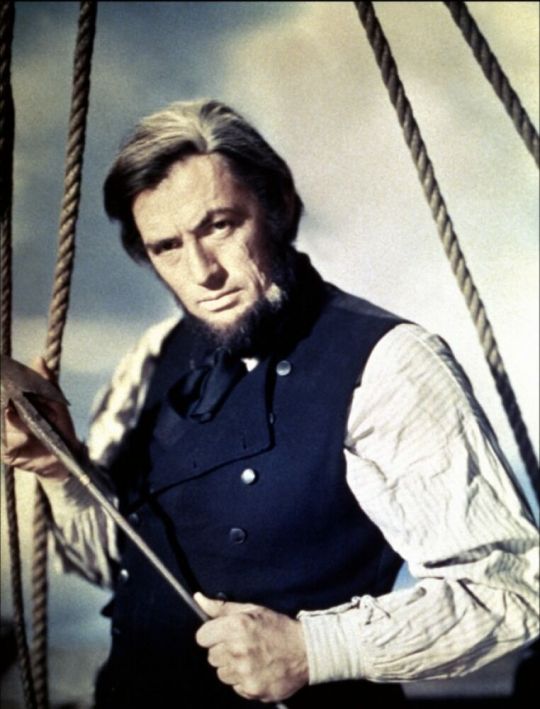
Captain Ahab (Gregory Peck) Moby Dick, the white whale 1956 - film director John Huston.
Moby Dick, the white whale
The novel by Herman Melville (1819-1891) is today considered the greatest example of an American novel of the nineteenth century, even if the work was rediscovered only in the 20s of the last century, when it was indicated as the cornerstone of the literary tradition American.
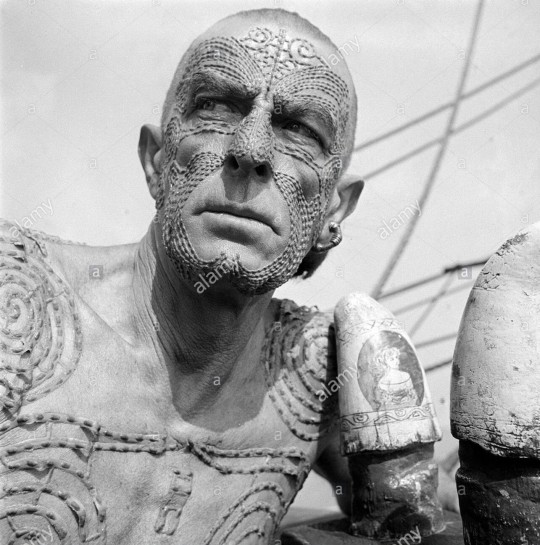
Queequeg (Friedrich von Ledebur) Moby Dick, the white whale 1956.
The novel is the first person account of the protagonist Ismaele of the expedition of a whaling ship, the Pequod, in pursuit of the mythical "white whale" Moby Dick.
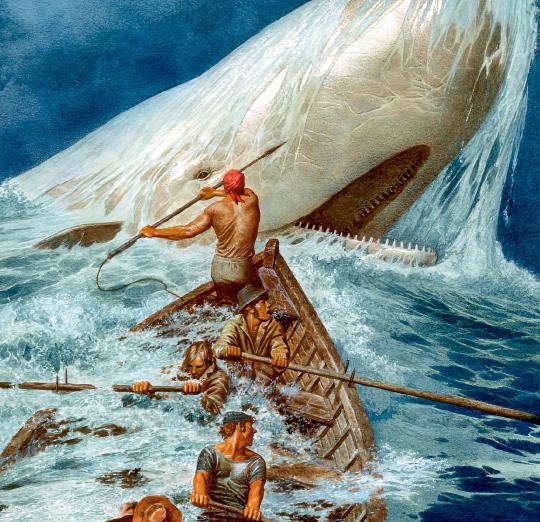
In command of the ship is the charismatic figure of Captain Ahab, obsessed with revenge against Moby Dick who in a previous hunting trip, had torn his leg. Moby Dick, alternating with white whale hunting scenes (partly based on real events), is a work of extreme complexity and for over a century critics have tried to illuminate the numerous dark corners of this vast and so articulate.
If at first glance the novel seems dominated by the theme of adventure and exploration, in the course of reading the mythical and almost mystical-religious dimension of Moby Dick's pursuit is stratified, so much so that the parallels with the Bible, explicit or under understood, they are innumerable, assuming then a theatrical aspect, to the Shakespearean tragedy, from an adventure by sea to a grandiose epic poem.
#age of sail#herman melville#cetacean#moby dick#novel#white whale#captain ahab#ismaele#queequeg#harpooneer#sperm whale
43 notes
·
View notes
Text

A tourist attraction at Scarborough named the Hispaniola, starred in the 1954 film Moby Dick (not the Gregory Peck version) as the Pequod, was moved to Morecambe and saldy destroyed by fire in 1972.
21 notes
·
View notes
Text
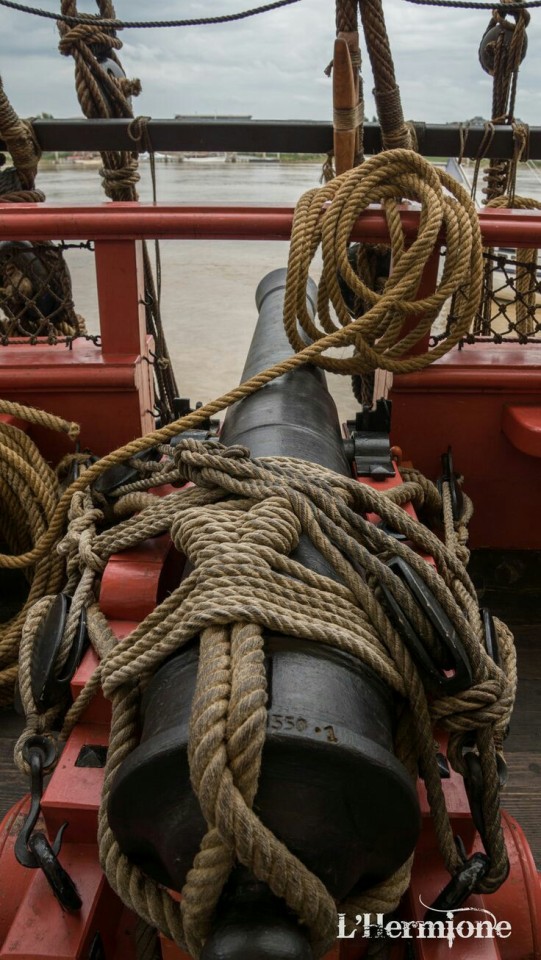

Hermione.
29 notes
·
View notes
Text
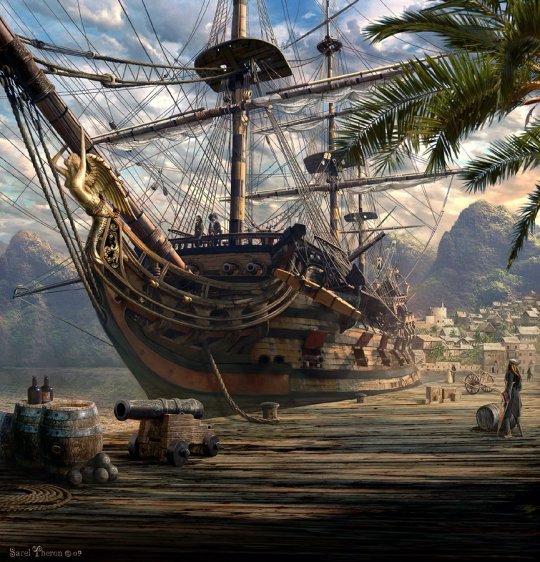
A late 17th century pirate ship docked at the notorious Port Royal in Jamaica. Artist by Sarel Theron.
254 notes
·
View notes
Text

Bizantine Shores (2010). A Royal Navy frigate docked at Constantinople circa 1810. Artist by Sarel Theron.
55 notes
·
View notes
Text
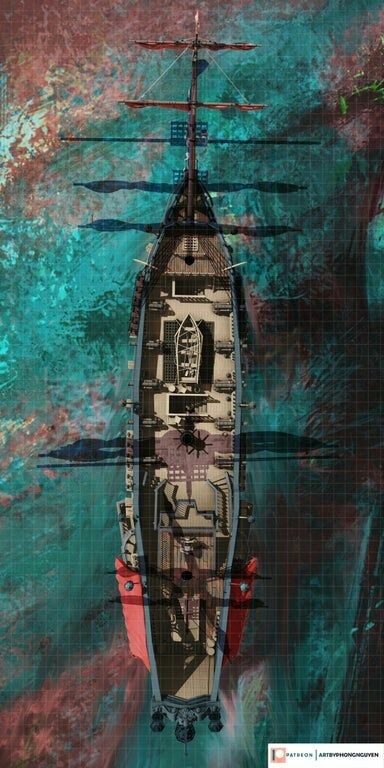
Warship plan map, bird's eye view
7 notes
·
View notes
Text
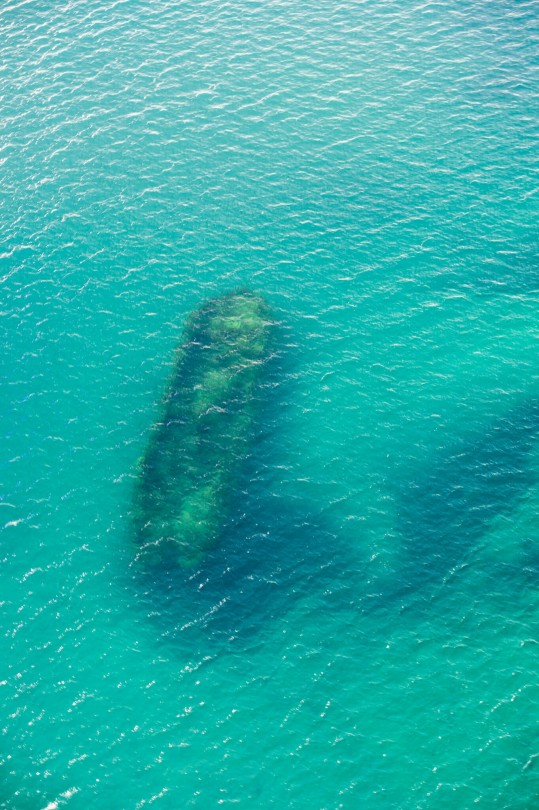

The wreck of HMS Erebus of Franklin's doomed expedition, found by Parks Canada. HMS Terror was also discovered and in much better condition.

Plan of the HMS Terror with the necessary modifications necessary for the expedition.
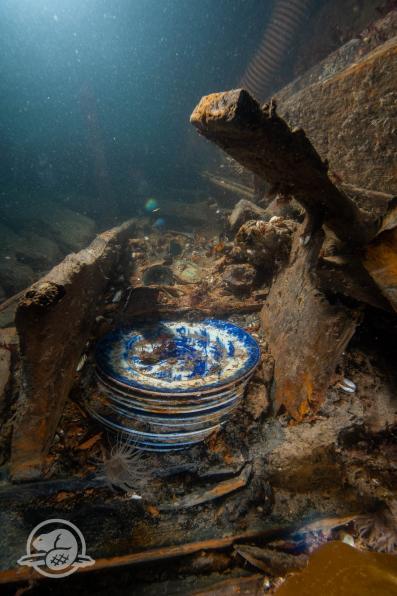
Franklin relics - Divers found dishes in the steward's pantry at the HMS Erebus shipwreck
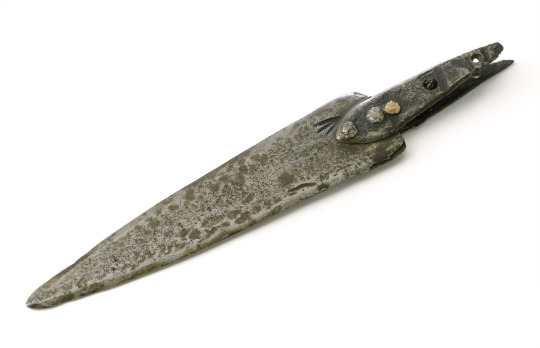
A relic of Sir John Franklin's last expedition 1845-48. Knife blade bought from the Inuit by the McClintock Search Expedition on 3 March 1859, near Cape Victoria, on the Boothia Peninsula. The item is made from materials salvaged from discarded equipment belonging to the Franklin expedition. It has a triangular steel blade with two reinforcing plates attached which retain one copper and two steel rivets. Referred to by McClintock as 'one knife without a handle'. A Royal Naval Museum number has been painted in white on the handle '(6)'. Date 1848-1859.

"They forged the last links with their lives": Sir John Franklin's men dying by their boat during the North-West Passage expedition. The original full title of this painting, under which it was first exhibited at the Royal Academy in 1895. Artist: Smith, William Thomas.
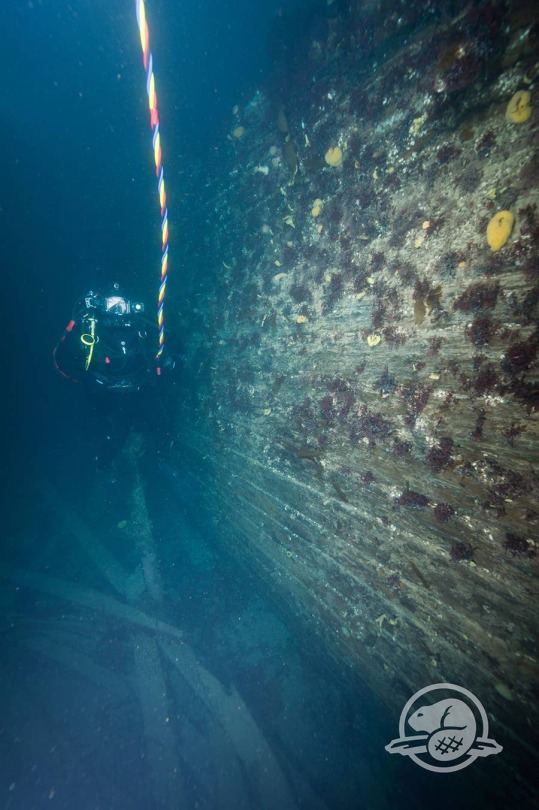
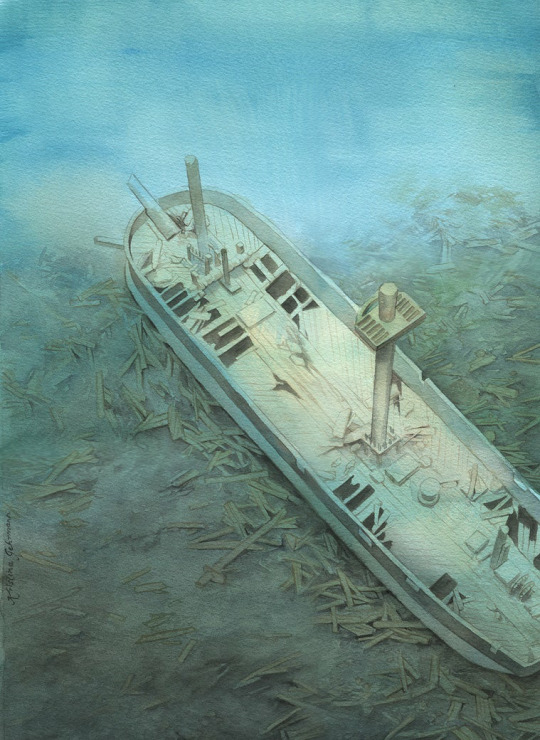


Relics of the lost Franklin Expedition, as found by McClintock in 1859. Watercolors on paper, artist by Kristina Gehrmann.
#sir john franklin#hms erebus#hms terror#franklin expedition#exploration arctic#royal navy#north-west passage#ice#strait of victoria#francis leopold mcclintock#19th century#shipwreck#kristina gehrmann#watercolor
294 notes
·
View notes